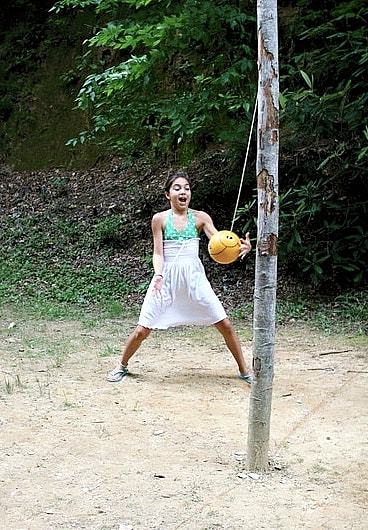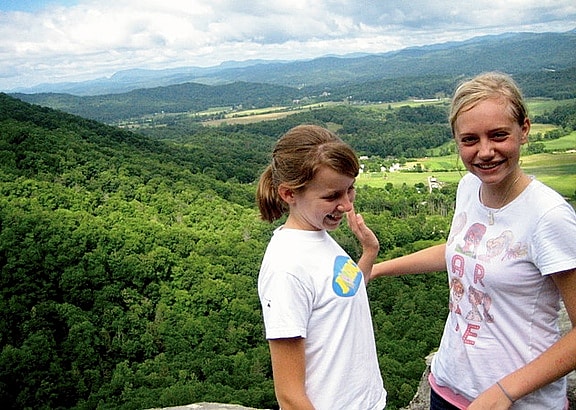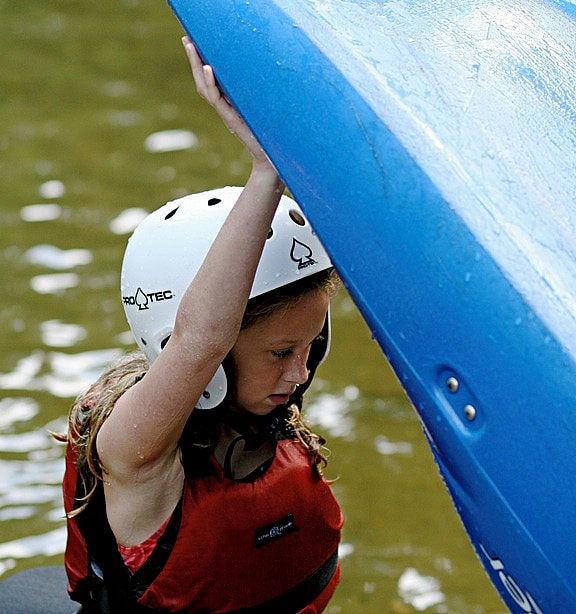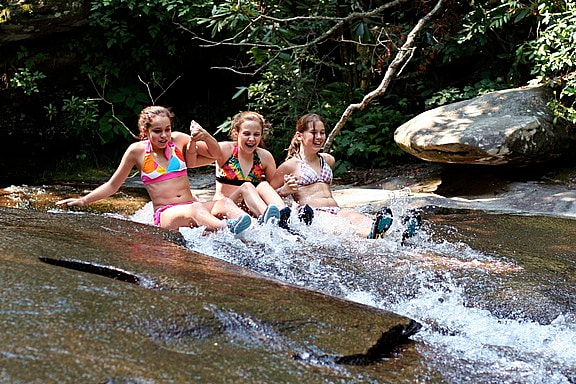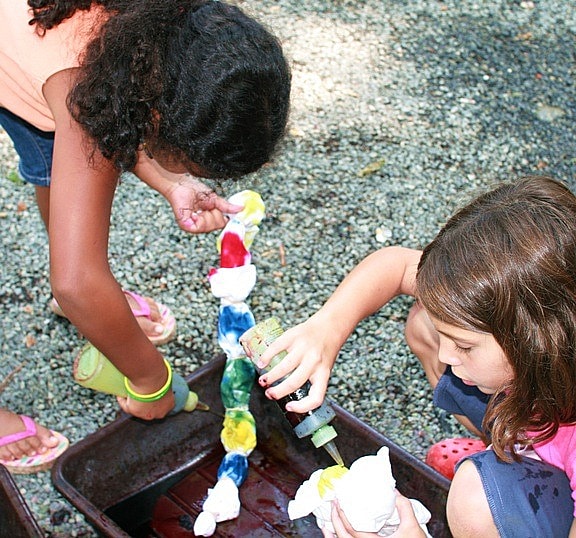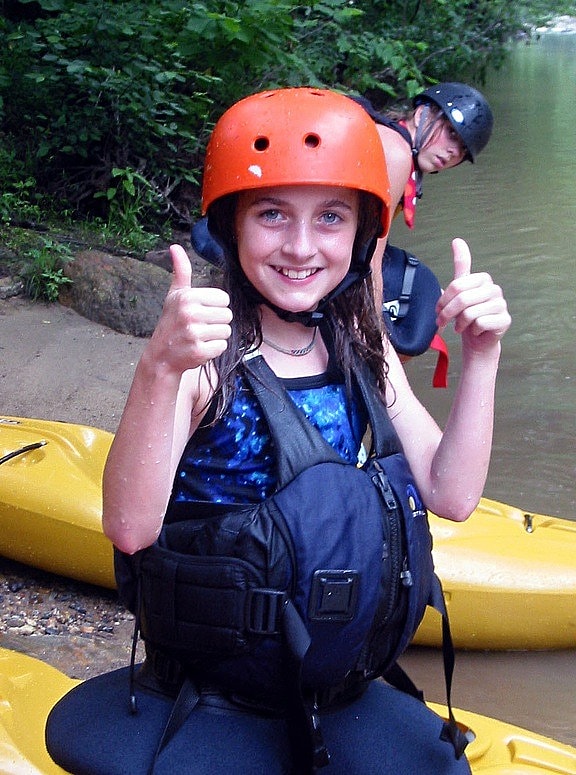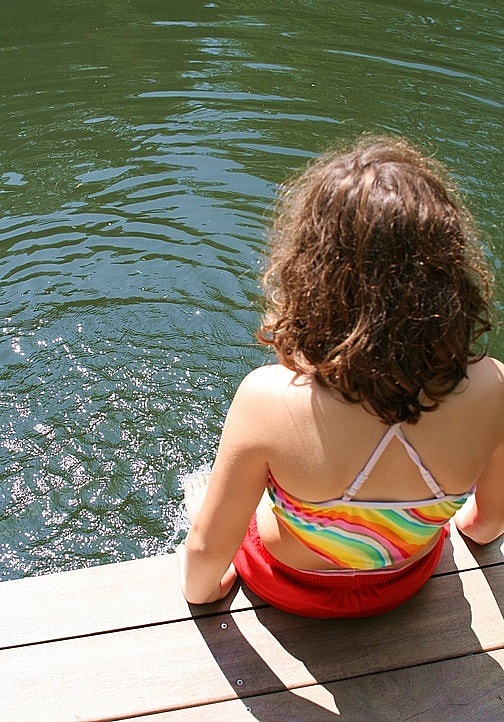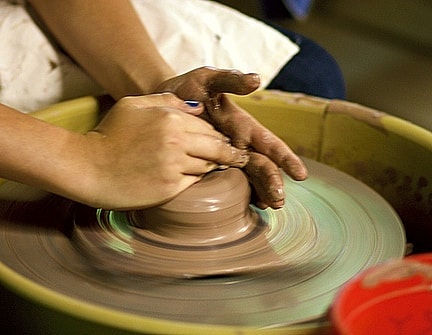Do you have this in common with Napoleon Dynamite— being a tetherball champ? Sure you’ve played before at camp, and you know how to play tetherball, but maybe you need a few more strategies to really pump up your game. Here’s a couple of things to practice.
The most important strategy is mastering an extreme angle when serving. By hitting the ball sharply down, it can swing high over your opponent’s head. This is always a good tactic.
It’s also important to use both hands when playing tetherball. You can hit the ball more powerfully, but also add unexpected spins and hits by changing which hand hits the ball. You can surprise and confuse the other player with different fast/slow, open/closed, left/right hand maneuvers.
Equally important to mastering tetherball is being quick on your feet. Moving forward and backward quickly, and knowing when to move sideways. This not only makes it difficult for the other player to decide how to serve or hit the ball, it gives you a better chance to make defensive hits.
Of course, being a tetherball sports champ takes practice, but that’s what the games at camp are for!
OK, do you have any other tetherball tips, strategies or tactics?

